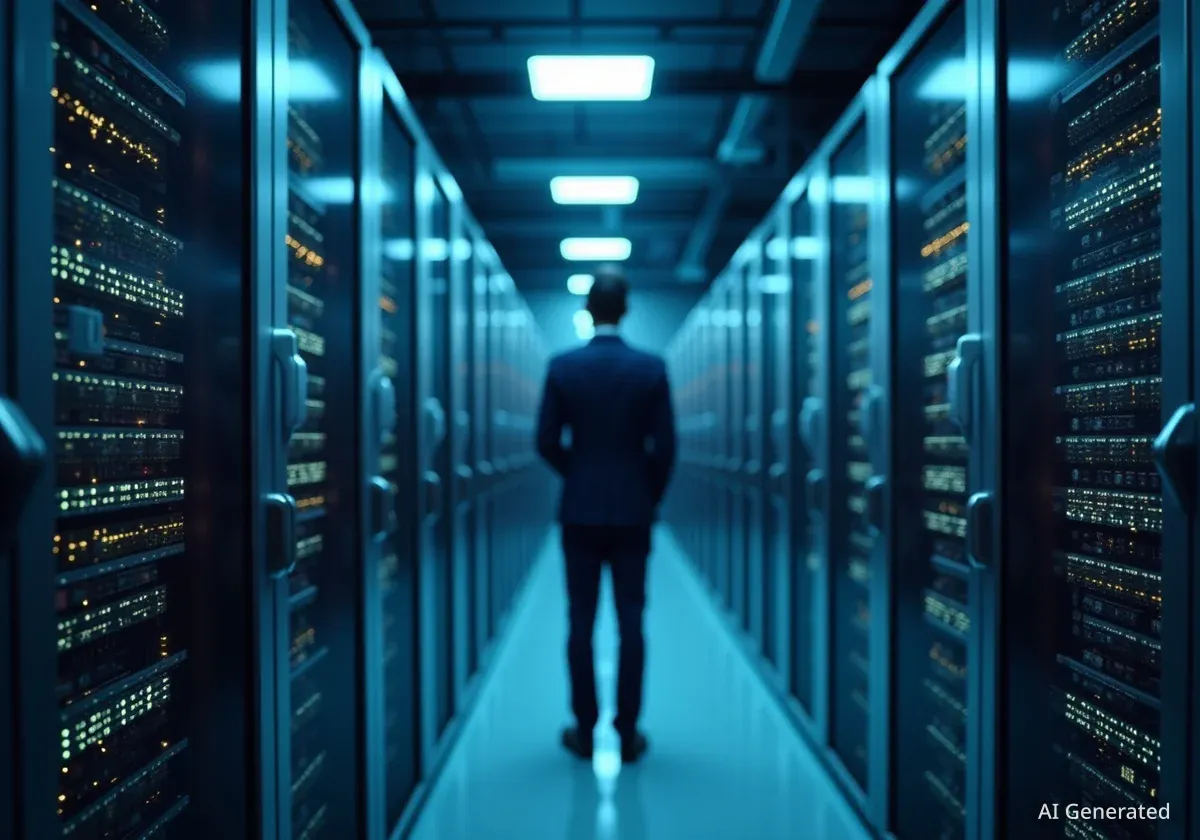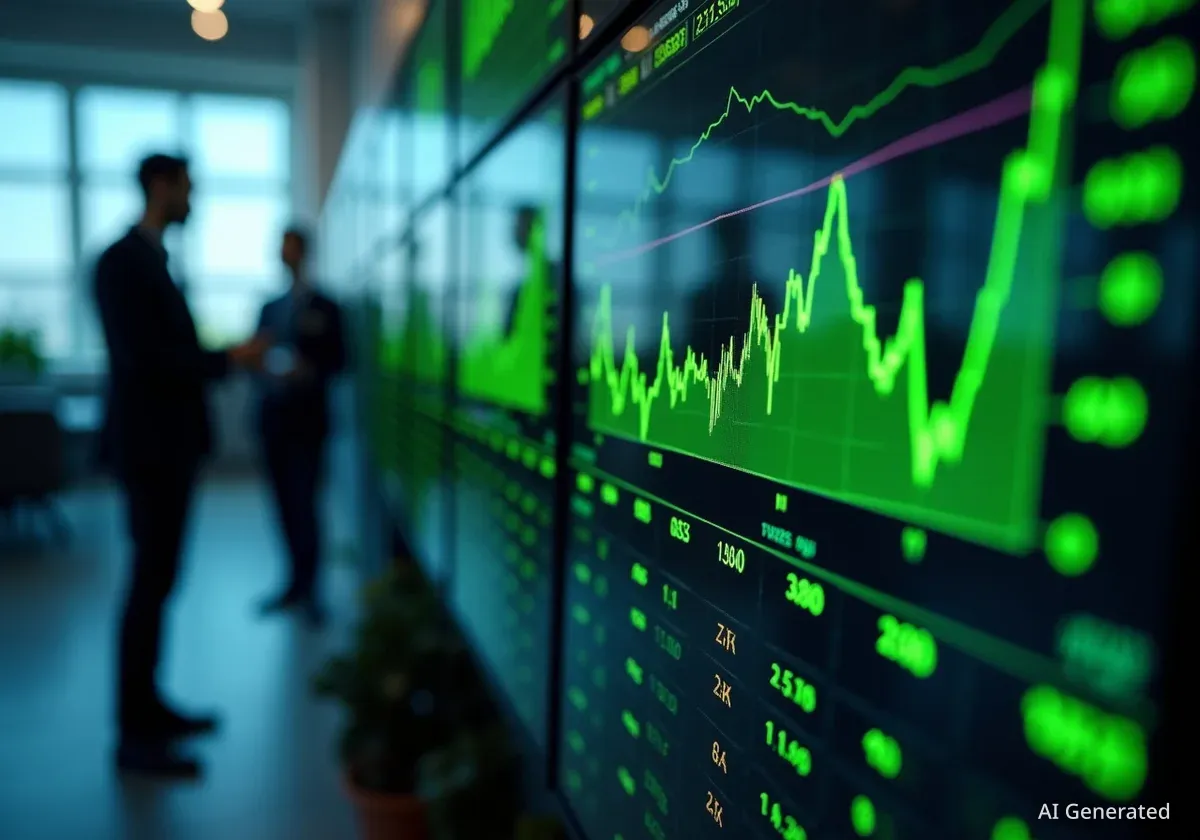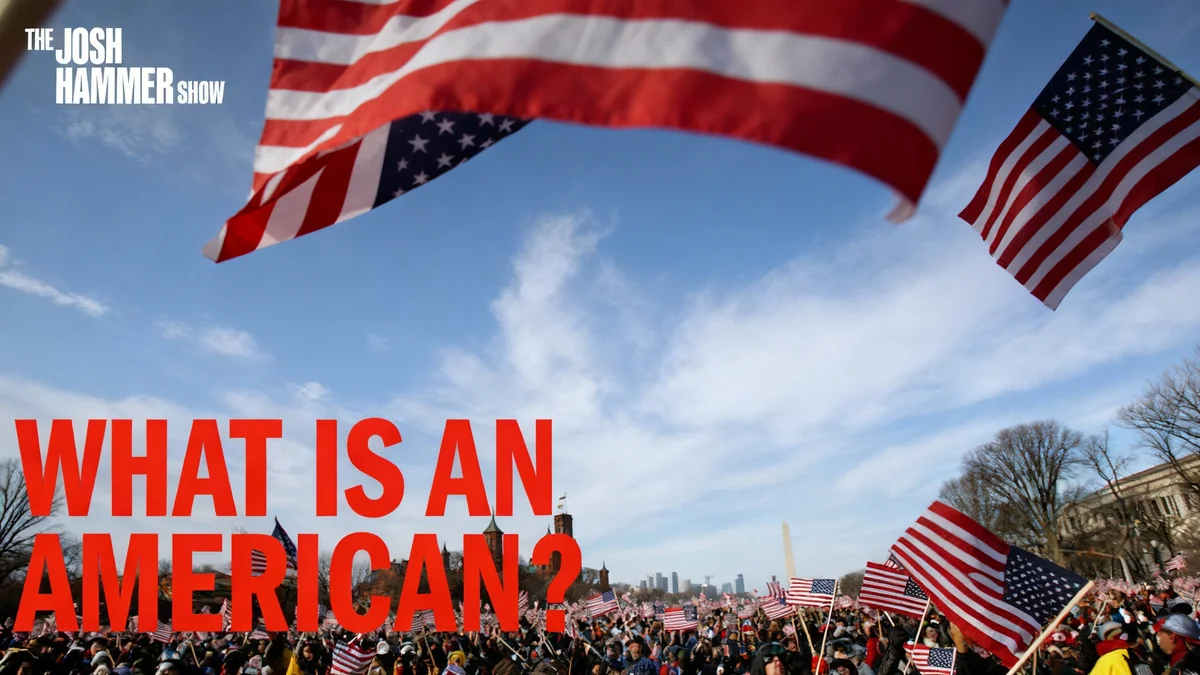A wave of massive, interconnected investments among top technology firms is fueling debate over whether the artificial intelligence sector is in a historic bubble. Companies like OpenAI, Nvidia, and Oracle are channeling hundreds of billions of dollars into AI infrastructure, creating a circular flow of capital that raises questions about market stability and long-term value.
While the scale of spending draws comparisons to past speculative manias like the dot-com and railway bubbles, key differences in corporate profitability and funding sources make the current situation unique. This analysis explores the data, historical parallels, and contradictory market signals defining today's AI investment landscape.
Key Takeaways
- Major tech companies are making massive, interlocking investments, such as OpenAI's planned $300 billion investment in Oracle's cloud and Nvidia's $100 billion commitment to OpenAI.
- The current AI spending boom is being compared to historical events like the 1990s dot-com bubble and the 1840s railway mania.
- Unlike past bubbles fueled by retail speculation, the AI boom is primarily funded by the substantial cash flows of highly profitable tech giants.
- Contradictory indicators, such as record cash holdings in money market funds and gold's strong performance, complicate the bubble narrative.
- AI-related stocks have driven the vast majority of S&P 500 returns, earnings, and capital spending growth since late 2022.
An Interconnected Web of AI Spending
The artificial intelligence sector is currently defined by staggering capital commitments that flow between a handful of dominant technology companies. Recent announcements highlight this trend. OpenAI plans to invest up to $300 billion in cloud computing services from Oracle. In a related move, Nvidia has committed $100 billion toward investments in OpenAI.
This cycle continues as Oracle spends billions of dollars purchasing Nvidia's advanced graphics processing units (GPUs), which are essential for AI development. This creates a self-reinforcing loop: Nvidia invests in OpenAI, which then pays Oracle for cloud services, and Oracle, in turn, buys hardware from Nvidia.
This level of coordinated capital expenditure among industry leaders suggests a shared belief that the risk of being left behind in the AI race outweighs the risk of overinvestment. The tech giants appear to be moving in unison, creating a powerful momentum that is reshaping the market.
Historical Parallels: Lessons from Past Bubbles
The current surge in AI spending is not without historical precedent. Analysts are drawing parallels to previous periods of intense investment in transformative technologies, which often led to speculative bubbles followed by market corrections.
The Dot-Com Bubble of the 1990s
During the late 1990s, the promise of the internet fueled a massive investment frenzy. Telecom companies laid more than 80 million miles of fiber-optic cables to build the backbone of the new digital world. However, the enthusiasm outpaced immediate demand.
Dot-Com Aftermath
Five years after the dot-com bubble burst, an estimated 85% of the newly laid fiber-optic cables remained unused, or "dark." The Nasdaq Composite index, heavy with tech stocks, ultimately crashed by more than 80% from its peak.
Despite the financial wreckage, this overbuild of infrastructure eventually enabled the services we use today, from video streaming and social media to cloud computing. The initial investment was excessive, but it laid the foundation for future innovation.
The Railway Mania of the 1840s
An even earlier example is the British Railway Mania of the 1840s. The potential of steam-powered transport led to a rush of investment from the public.
Railway Speculation
By 1845, around 500 new railway companies had been established. The government was reviewing proposals for 8,000 miles of new track, a distance nearly twenty times the length of England. The projected cost of this expansion was greater than the entire national income of Great Britain at the time. Even prominent figures like Charles Darwin were caught in the fervor, reportedly losing 60% of his investment.
Similar to the dot-com bubble, the railway mania ended in a crash but left behind a valuable legacy. By 1855, Britain had over 8,000 miles of operational track, giving it the most dense railway network in the world and fueling its industrial growth.
Key Differences in the Current AI Boom
While historical comparisons are useful, the current AI investment cycle has distinct characteristics that set it apart from past bubbles.
The most significant difference is the source of funding. The railway boom was largely driven by individual retail investors. The dot-com bubble was fueled by venture capital and IPOs for often unprofitable startups. In contrast, the AI boom is being financed from within. The primary investors are the tech giants themselves, which are using their immense profits and cash reserves to fund capital expenditures.
AI's Financial Power
According to research from JP Morgan's Michael Cembalest, since the launch of ChatGPT in November 2022, AI-related companies have accounted for:
- 75% of S&P 500 returns
- 80% of its earnings growth
- 90% of its capital spending growth
These companies are not speculative ventures with no revenue. They are established, highly profitable entities with massive margins, capable of funding this technological arms race themselves.
A Calculated Risk by Tech Leaders
Tech executives are aware of the history of over-investment but view the current situation differently. They argue that the primary risk is not spending too much, but spending too little and falling behind.
In the 1990s, Microsoft co-founder Bill Gates warned about the dangers of speculative manias.
"Gold rushes tend to encourage impetuous investments. A few will pay off, but when the frenzy is behind us, we will look back incredulously at the wreckage of failed ventures and wonder, ‘Who funded those companies? What was going on in their minds?'"
Today's leaders express a different calculus. In a recent interview, Meta CEO Mark Zuckerberg acknowledged the risk of misspending billions but framed it as a necessary gamble.
"I actually think the risk is higher on the other side. If you build too slowly and then super intelligence is possible in three years, but you built it out assuming it would be there in five years, then you’re just out of position on what I think is going to be the most important technology..."
This perspective suggests a strategic decision to over-invest rather than risk being outmaneuvered in a technology that could redefine the global economy.
Contradictory Signals in the Broader Market
Despite the intense focus on AI, the broader market is sending mixed signals, which complicates the argument for a widespread speculative bubble. While tech stocks have soared, investors are also hedging their bets and holding significant cash reserves.
According to The Wall Street Journal, a record $7.7 trillion is currently sitting in money market funds. This indicates a high degree of caution among investors, who are keeping capital on the sidelines rather than pouring it all into equities.
Furthermore, traditional safe-haven assets are performing exceptionally well. Gold, for instance, is up more than 40% in 2025 and has reached new all-time highs. In a surprising turn, since ChatGPT was released in November 2022, the price of gold has actually outperformed the tech-heavy Nasdaq 100 index.
This parallel bull market in cash and gold suggests that while there is a frenzy in one part of the market, there is significant risk aversion elsewhere. This is not the all-encompassing mania seen in previous bubbles, where caution was thrown to the wind across the board.
The current situation presents a puzzle for investors. The massive, concentrated spending in AI by profitable companies is undeniable. Yet, the caution in other parts of the market and the strong fundamentals of the leading tech firms make this a uniquely complex and challenging environment to navigate.





